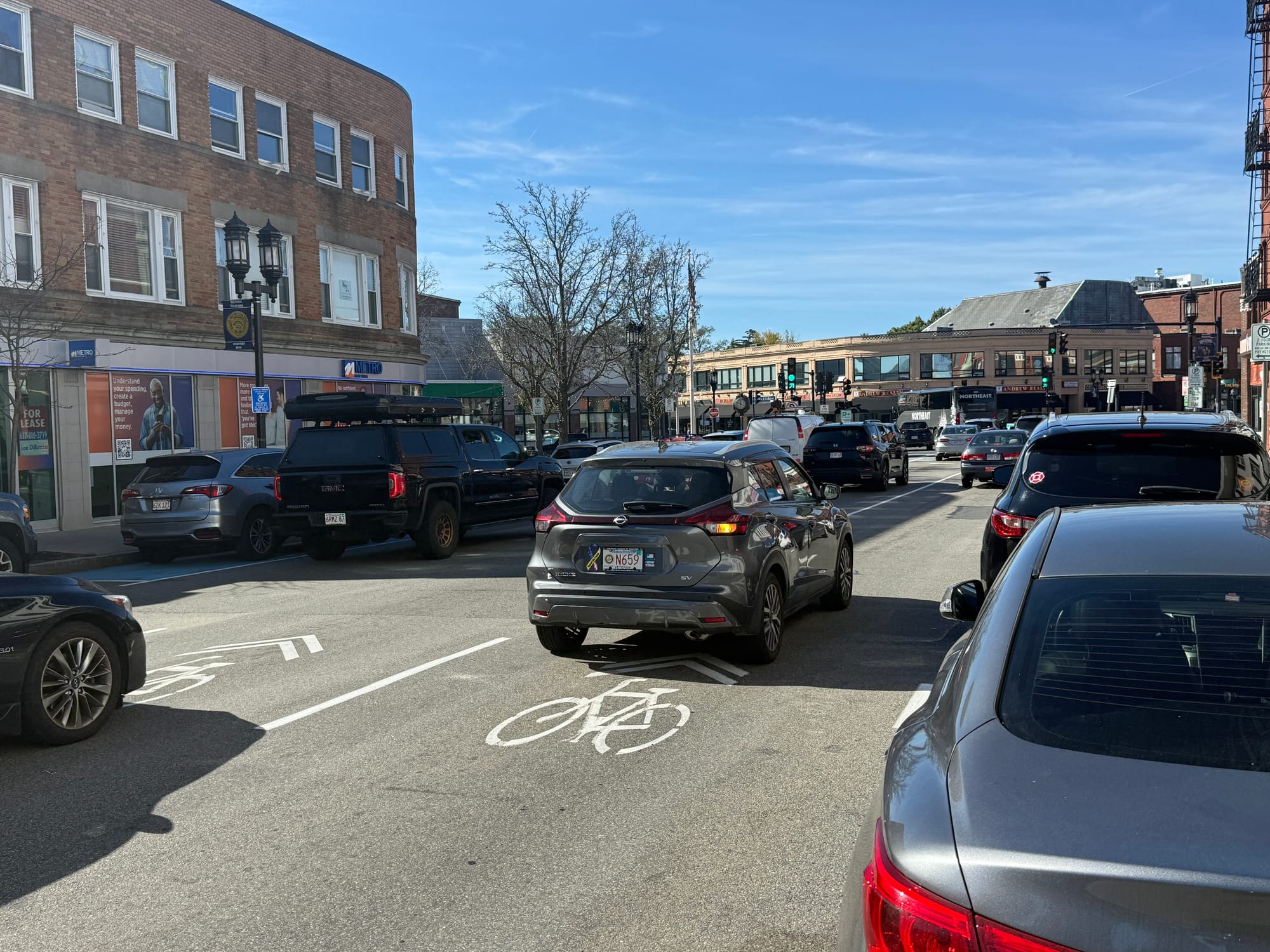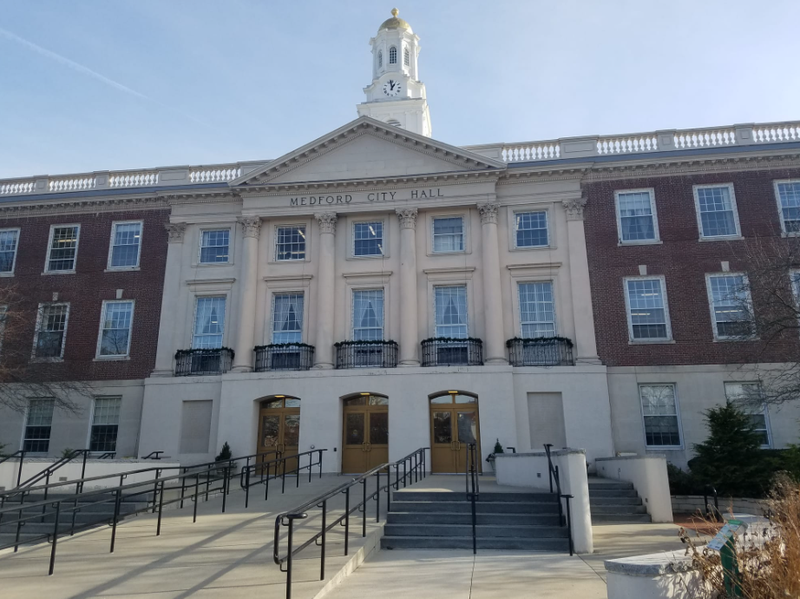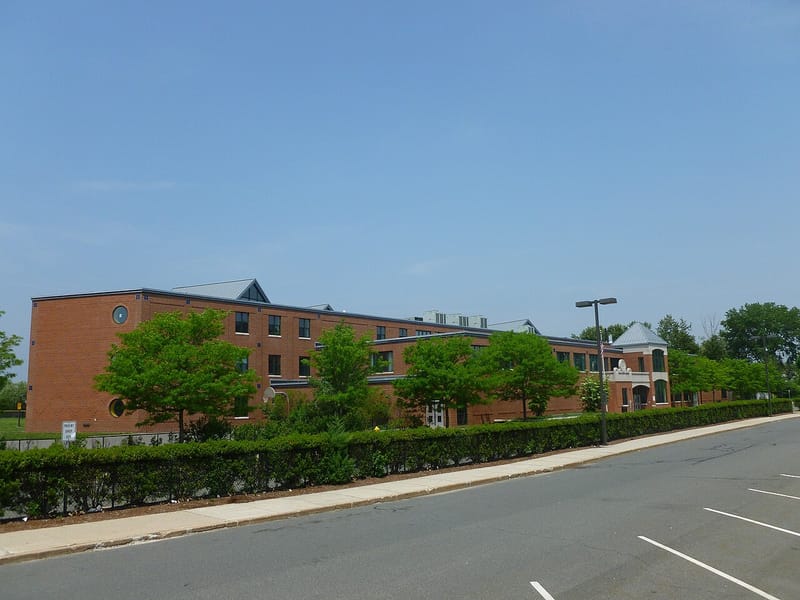Cyclists say Medford’s bike lanes are unsafe as city considers next steps
Medford’s bike network is growing, but so are cyclists’ frustrations. Riders say gaps in bike lanes, outdated road planning and other concerns have left the city struggling to make biking truly safe.
By Sangmin Song
Medford’s bike network is growing, but so are cyclists’ frustrations. Riders say gaps in bike lanes, outdated road planning, and other concerns have left the city struggling to make biking truly safe.
Patrick Cochran, a daily bike commuter and the sales and community manager at JRA Cycles, said he feels confident riding through neighboring towns but becomes uneasy as soon as he enters Medford.
“Once I get into Medford, it is on the scarier side of the spectrum, in comparison to going through Somerville, Arlington, or Cambridge,” Cochran said. “While there is a little bit of protected or semi-protected lanes, I have to spend a lot of time being very close to fast-moving cars.”
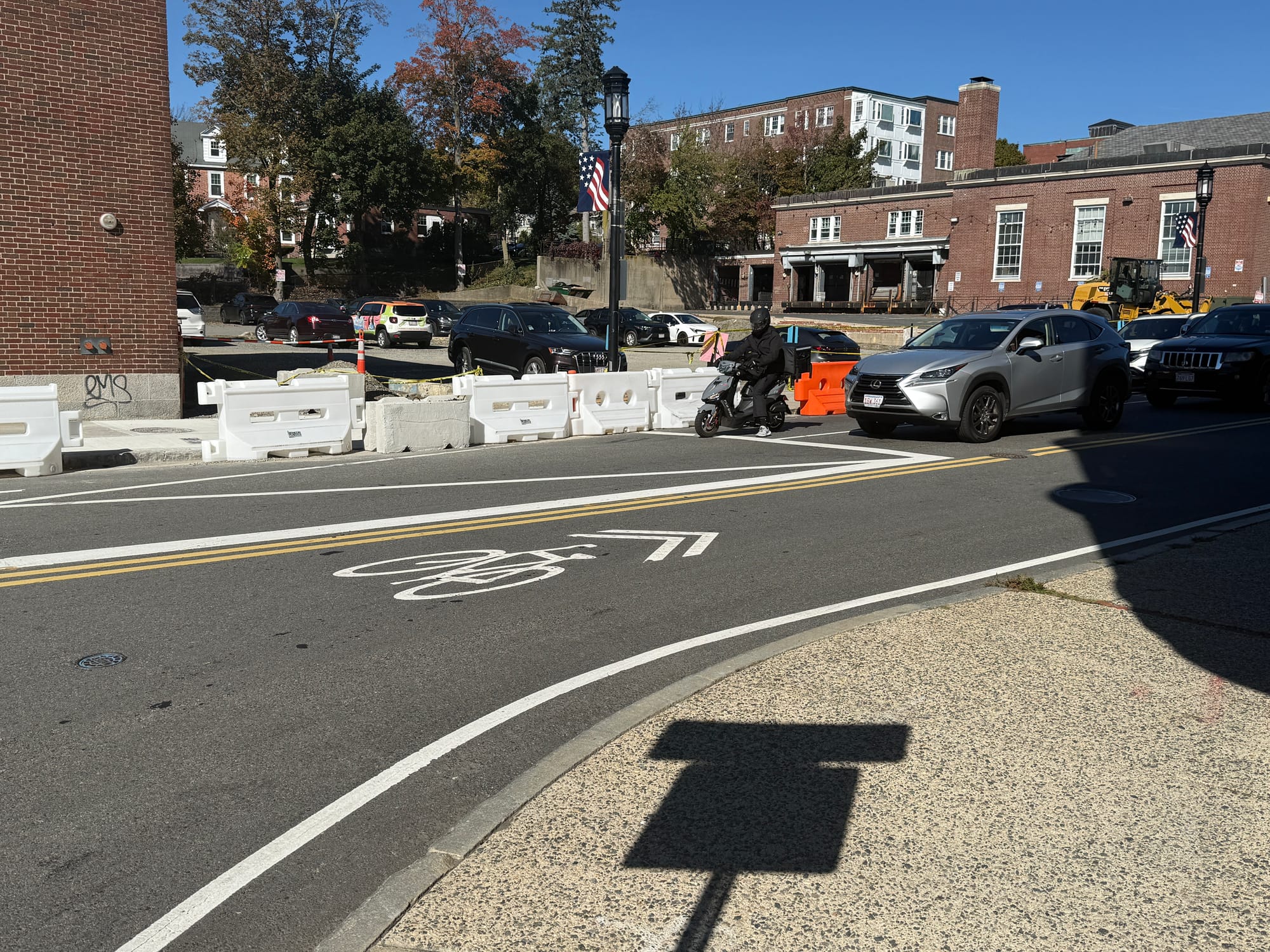
To address longstanding safety concerns, Medford has added miles of painted bike lanes over the past several years and launched a $9.8 million reconstruction of Main Street in April.
A Bicycle Advisory Commission meets monthly to shape the vision, yet many cyclists say the bike lanes have had mixed impacts. Instead of making riding safer, some have introduced hazards, sudden lane terminations or confusion in mixed traffic.
Adam Kline, the general manager of JRA Cycles and a cyclist who has ridden through Medford for nearly three decades, shared similar concerns about the city’s riding conditions.
“A lot of those bike lanes are pretty horrible, they’re disjointed, they don’t run well… and I feel more at risk in those bike lanes than I do riding in traffic,” Kline said. “If I was a new cyclist having to deal with the road conditions and the distracted drivers in the construction, it would be pretty daunting.”
Their concerns echoed a discussion at the city’s Bicycle Advisory Commission meeting on Sept. 24, when members debated the safety of “door zone” bike lanes — narrow lanes positioned beside parked cars that can put cyclists at risk when a door suddenly opens.
“There are a bunch of places in Medford where we’ve ended up with a compromised situation where you have a 7-foot parking, 5-foot bike lane, 10-foot travel lane situation,” said Emily O’Brien, the commission’s vice chair. “That ends up being something that looks like you have a bike lane, but in reality that bike lane is really not safe to use.”
O’Brien said the city should reconsider installing lanes that give only the appearance of safety. She said painted bike lanes can create a false sense of protection when positioned too close to parked cars or narrow traffic lanes.
“If we can’t have a bike lane that’s actually safe to use, then we shouldn’t put in a bike lane,” she said. “Having a bike lane that’s not safe to use just means that we encourage people to ride someplace that they shouldn’t, and we also encourage drivers to get mad at you for using the full lane.”
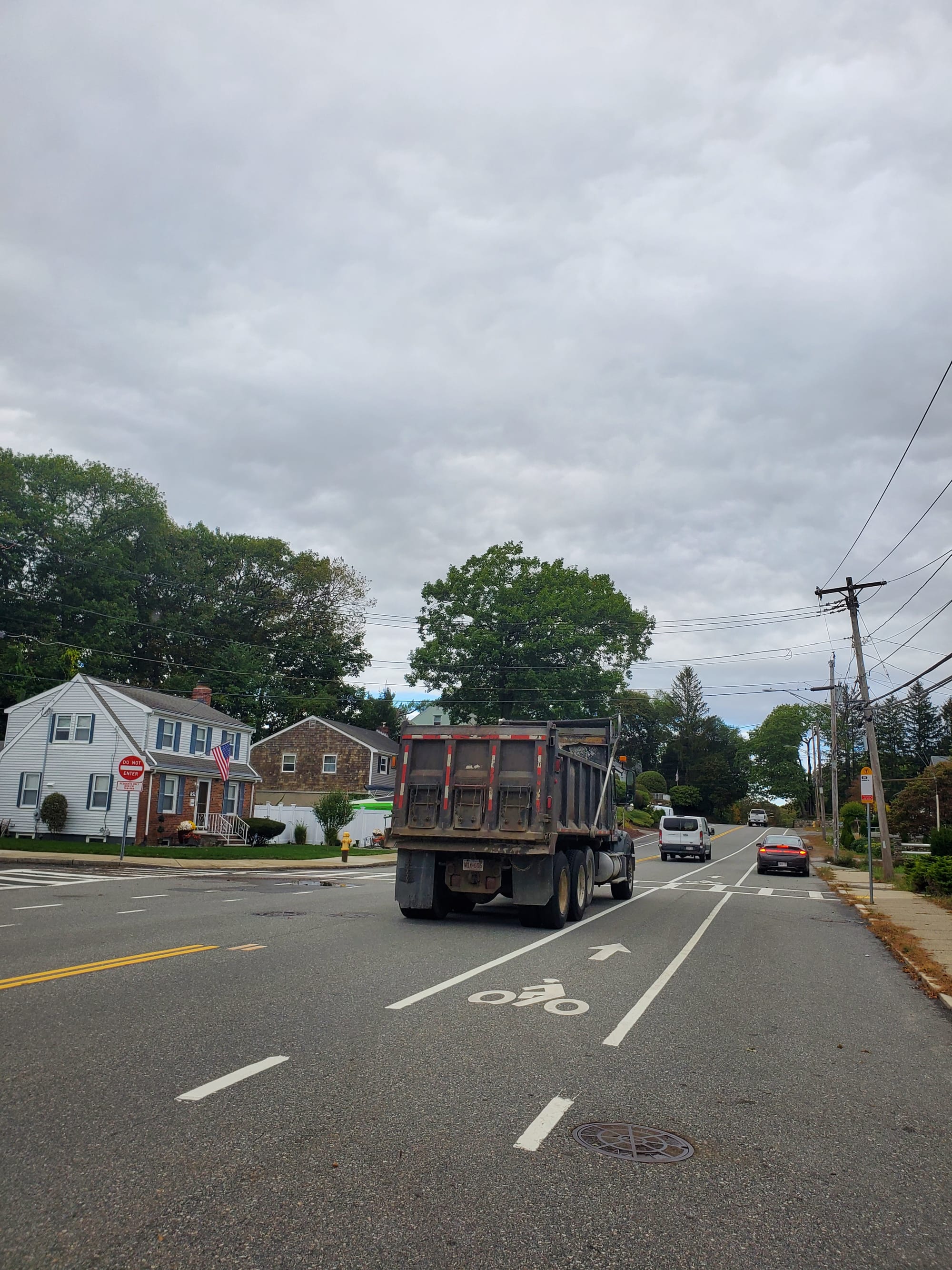
Bruce Kulik, the commission’s secretary, offered a more nuanced view, saying the risk of "dooring" often depends on speed and terrain. Kulik said downhill stretches can make narrow lanes especially hazardous for less experienced riders.
“Any inexperienced cyclist can get up to 18 or 20 miles an hour without breaking a sweat, and that becomes extremely dangerous to be in a door zone at that speed,” Kulik said. “On the uphill side, on the other hand, cyclists including myself are often going significantly slower, therefore the notion of being in the way, which some people are uncomfortable with, is higher.”
Acknowledging that speed can be a factor, commission member Chris Stivers said he still supports keeping the lanes, arguing that even imperfect infrastructure provides structure and visibility for cyclists.
“I will often ride on the outside edge of it, being wary of doors, and I feel pretty comfortable that I’m safe and can anticipate when that’s going to happen,” he said. “[Painted bike lane] tells cars you cannot go there, so it at least gives you a safe space all the way up to the edge of the line.”
While the debate over bike lanes continues, the city said it is working to support cyclists through other safety programs. Commission member Ernie Meunier said volunteers recently packed and distributed hundreds of bike lights and children’s helmets across local schools to encourage safe riding habits.
“[We] had packed 200 bike light kits last week,” Meunier said.
While some safety initiatives have gained momentum, others have stalled amid bureaucratic hurdles. Efforts to install more bike racks, for instance, have slowed because no member has clear responsibility for ordering or installing them, and the staff member expected to discuss the issue did not attend the meeting.
“We’ve been asking about it for a long time in various places but haven’t managed to get any progress,” O’Brien said.
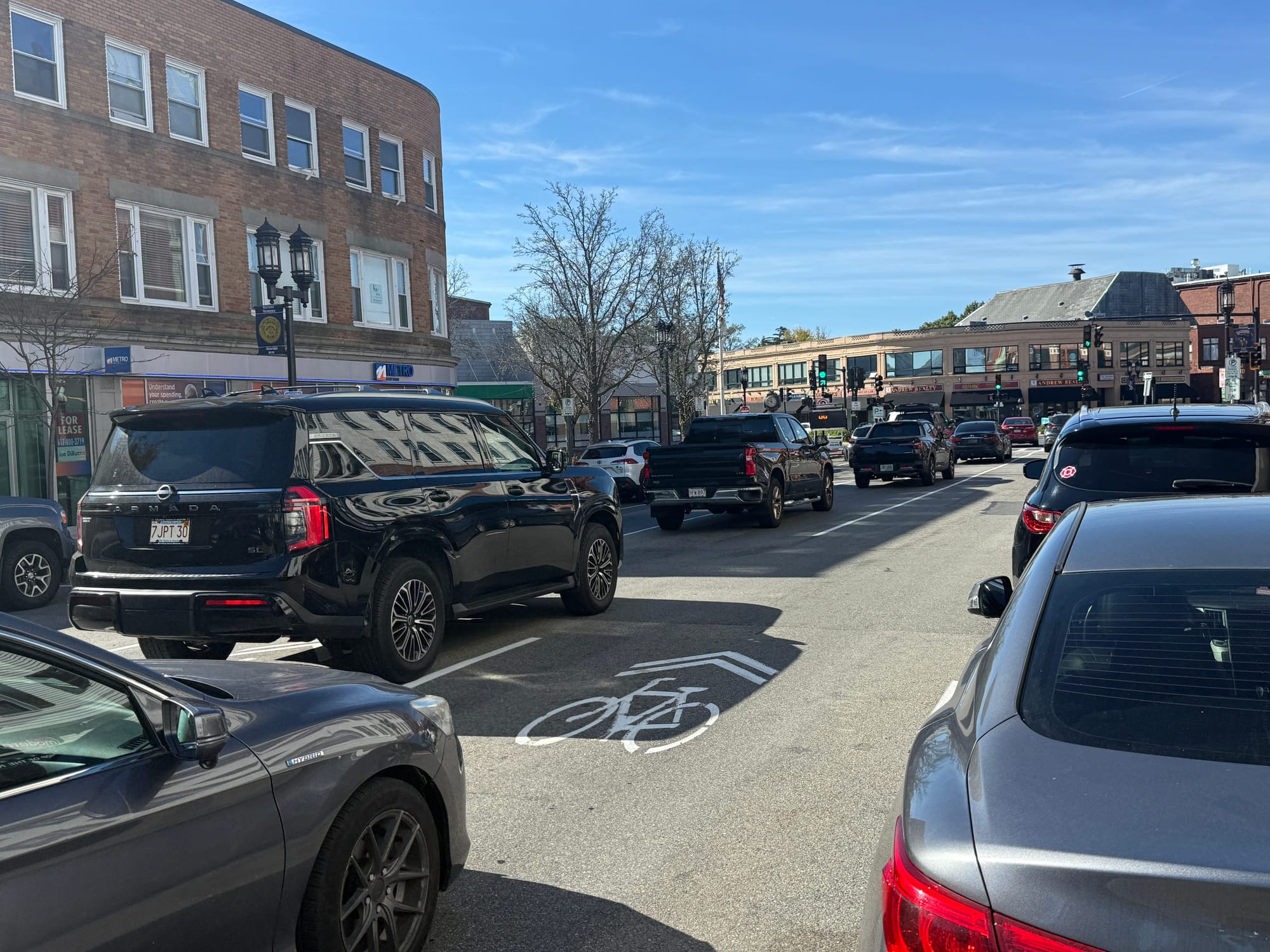
As projects move forward, cyclists said they also need protection from a growing concern: electric bikes and scooters speeding along sidewalks and bike lanes. Many riders said they worry that without stronger education and enforcement, these vehicles pose new risks to both cyclists and pedestrians.
“I think education is key with most things,” Kline said. “When I walk out the door and somebody almost hits me on an e-bike going 20 miles an hour down the sidewalk, I have a problem with that.”
Residents interested in hearing updates or sharing their opinions can join the Medford Bicycle Advisory Commission’s next meeting on Oct. 22 at 7 p.m., open to the public on Zoom.
Sangmin Song is a senior journalism student at Boston University. This story is part of a partnership between Gotta Know Medford and the Boston University Department of Journalism.

